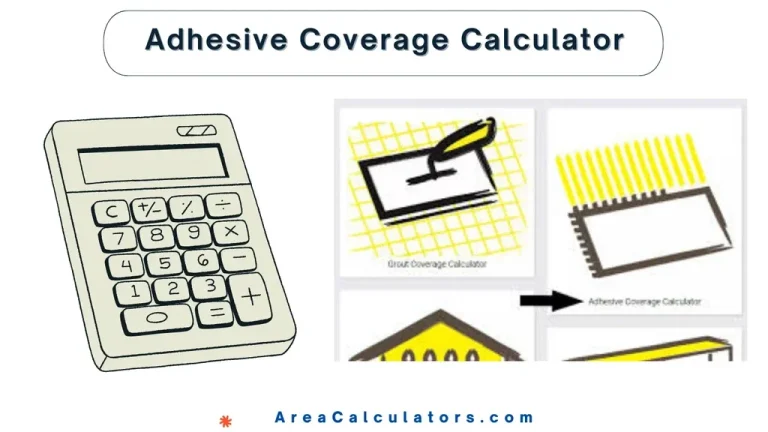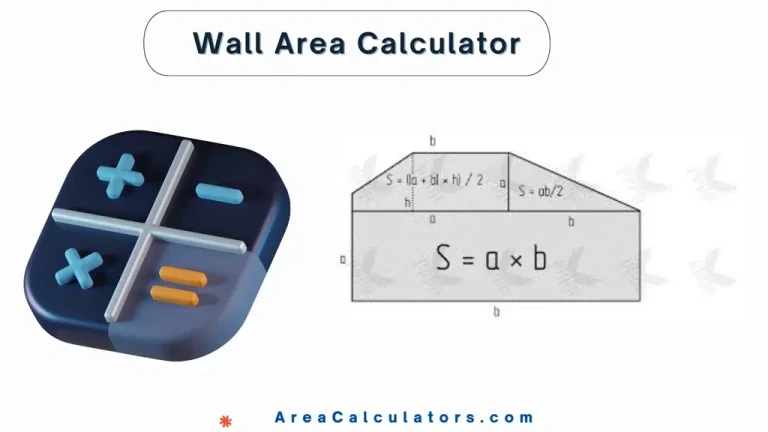Shiplap Calculator
To calculate the required amount of shiplap, divide the total wall area by the single board’s surface area. This method ensures accurate measurements for both vertical and horizontal installations.
To calculate the required amount of shiplap, divide the total wall area by the single board’s surface area. This method ensures accurate measurements for both vertical and horizontal installations.
The Shiplap Calculator is an essential tool for determining the precise quantity of shiplap boards needed for your walls or ceilings. Whether you’re planning a modern feature wall or a rustic design for your living room, this calculator simplifies the estimation process.
SL = TA / SLA
| Variable | Description |
|---|---|
| SL | Shiplap boards required |
| TA | Total wall area (square feet or meters) |
| SLA | Single board area (square feet or meters) |
Example 1: Wall Area = 200 sq ft, Single Board Area = 5 sq ft
| Step | Value |
|---|---|
| Total Wall Area | 200 sq ft |
| Single Board Area | 5 sq ft |
| Required Boards | 200 / 5 = 40 |
Example 2: Wall Area = 300 sq ft, Single Board Area = 4 sq ft
| Step | Value |
|---|---|
| Total Wall Area | 300 sq ft |
| Single Board Area | 4 sq ft |
| Required Boards | 300 / 4 = 75 |
The Shiplap Calculator is a practical tool designed to estimate the amount of shiplap required for a given project. Whether you’re installing shiplap on walls, ceilings, or siding, this calculator simplifies the process by factoring in dimensions, board sizes, and project coverage.
Users can input the area they want to cover, the width of the shiplap boards, and any gaps or overlaps for accurate material estimation.
It’s particularly useful for determining the number of boards needed for interior shiplap walls, vertical installations, or tongue and groove ceilings. This calculator also aids in budgeting by estimating the cost of shiplap per square foot.
For example, if you’re remodeling a space with 8-foot shiplap boards, the tool calculates the quantity required, reducing waste and ensuring efficiency.
Whether you’re shopping at Lowe’s, Home Depot, or any other supplier, the Shiplap Calculator helps you plan precisely.
To summarize, the Shiplap Calculator is an essential tool for planning shiplap projects efficiently. It provides precise estimates for materials and costs, helping homeowners and contractors achieve seamless installations without overspending.

To calculate the area that can be covered by the adhesive, divide the total amount of adhesive (C) by the coverage rate (CR). This gives the total area the adhesive will cover. The Adhesive Coverage Calculator helps figure out how much adhesive you need for various projects, including tiling, flooring, or wall installations. Whether you’re…

To convert milliliters (ml) to milligrams (mg), multiply the volume in ml by 1000 and then by the substance’s density (d) in g/ml. This gives the mass of the substance in milligrams. ml to mg Calculator Enter any 2 values to calculate the missing variable Volume ml L m³ in³ Density (1g/cm3 for Water) kg/m³…
To calculate the secant of an angle, divide the hypotenuse of a right triangle by the adjacent side. The Secant Calculator helps determine the secant (Sec) value of an angle, a crucial concept in trigonometry. Secant is the reciprocal of cosine and is used in solving problems involving triangles, circles, and waves. Engineers, physicists, and…
To convert credit hours to semester hours, multiply the total credit hours (CH) by the fraction of the week length divided by 15 (standard semester weeks). The Credit Hours to Semester Hours Calculator helps students and educators convert academic credit hours to equivalent semester hours. This conversion is useful for understanding workload, planning class…

To determine the weight in grams from molecules, multiply the number of molecules by the molar mass, then divide by Avogadro’s number. This gives the mass based on the molecular quantity. The conversion of molecules to grams is critical in chemistry to accurately measure substances based on molecular amounts. If someone is working with complex…

To calculate the Wall Area (WA), multiply the length of the wall (WL) by its height (WH). Calculating the wall area for painting, wallpapering, or tiling projects is crucial for buying the right amount of materials. The Wall Area Calculator makes it all easy. Formula: The formula is: WA=WL×WH\text{WA} = \text{WL} \times \text{WH} Variable Meaning…